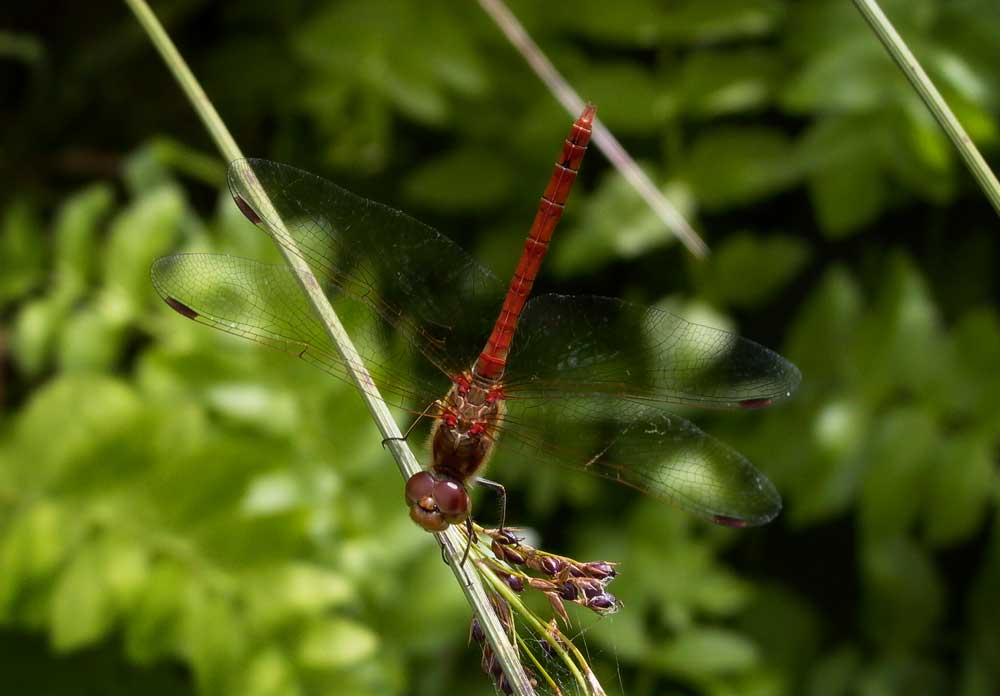Lydnsey Cox, GiGL Records Officer

Here at GiGL, we can receive hundreds, sometimes thousands of records in a week. People send us records because they have a lifelong passion for the subject, or simply because they were intrigued by something they found in their garden. They record as individuals, as part of a group event such as a BioBlitz or via a public survey such as London Wildlife Trust’s ongoing stag beetle survey. Given the variety of sources of records, how do we ensure their accuracy?
All records go through an initial validation process to check the data needed is complete but GiGL staff are often unable to verify the records within our holdings. That is, to check the actual species recorded and verify that the identification is likely to be correct for that location. Some records can be considered verified upon arrival at GiGL because they originate from a national recording scheme or other expert group such as London Natural History Society (LNHS). For all other records, we rely on expert recorders with an interest in a particular taxa.
LNHS are vital partners in the verification process. They are GiGL’s first port of call when looking for a relevant expert. LNHS’s Odonata expert, Neil Anderson, is one such example. Neil has been collaborating with GiGL for a number of years, sending us his collated records for the LNHS area. When we broached the subject of Odonata verification with him, Neil readily agreed to assist.
The steps involved in verification are very simple. GiGL exports all unverified data for a particular taxa into an Excel spreadsheet. This spreadsheet is then sent to the relevant expert so that the species can be checked. Unfortunately for Neil, this gave a total of nearly 6,000 unverified Odonata records in the GiGL database. Clearly a new plan was needed.
After chatting with Neil, we decided that certain ubiquitous species could be removed from the list and tagged as ‘considered correct’. These were species which Neil would take at face value and had no reason not to verify, regardless of the location details. In this way, 6,000 records were brought down to a more manageable 1,245. After checking through this much smaller number, Neil was able to retag the majority as ‘considered correct’. Only a handful could not be verified without further evidence, due to the high possibility of misidentification. As a result, we produced a list of Odonata species which, in the future, will require further evidence, generally in the form of a photo. This is now available via the GiGL website to help guide future recorders and encourage the collection of additional information and photographs.
From this point on, Neil will only be asked to verify the current year’s records and, since a large majority arrive via LNHS, those that need verifying will be very low. GiGL would like to take this opportunity to thank Neil for all his assistance whilst we worked through this necessary process.
